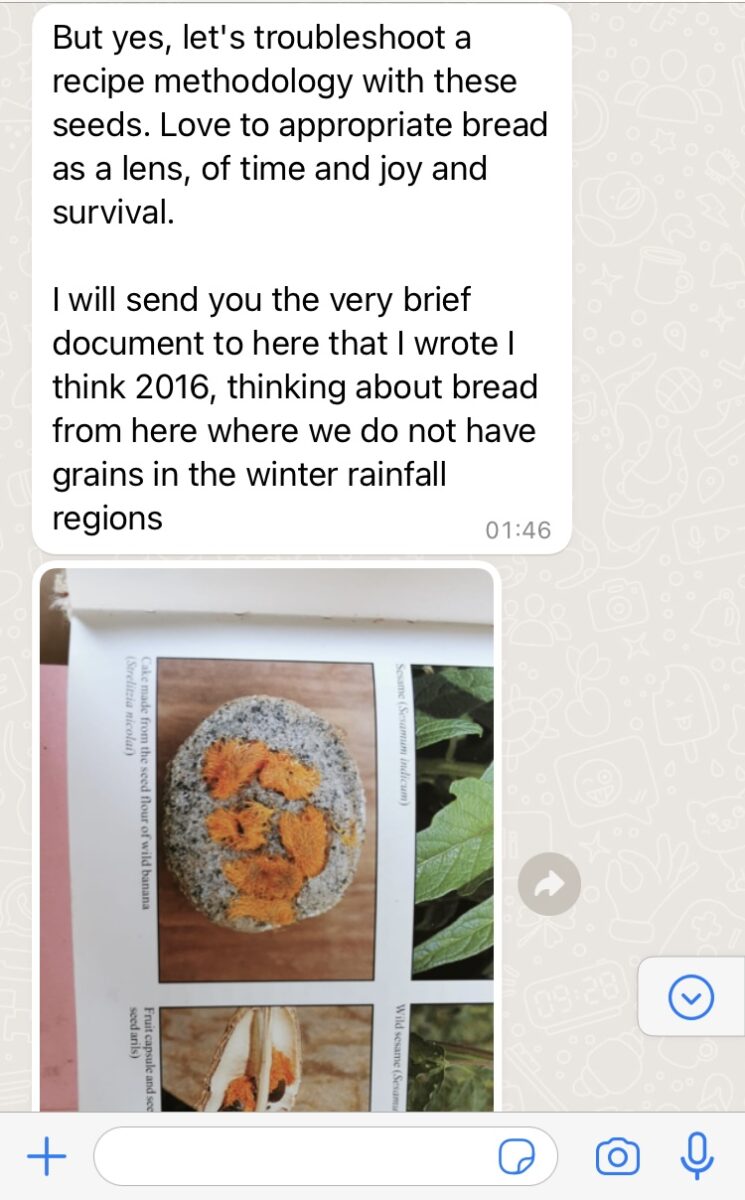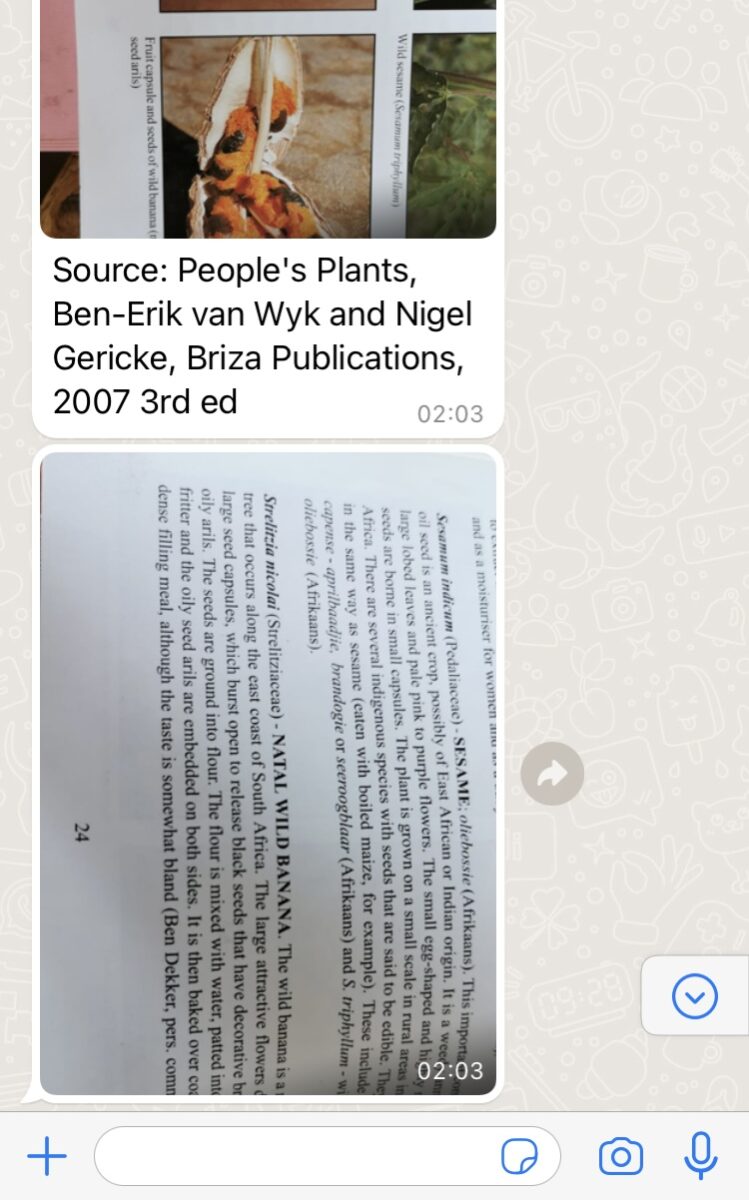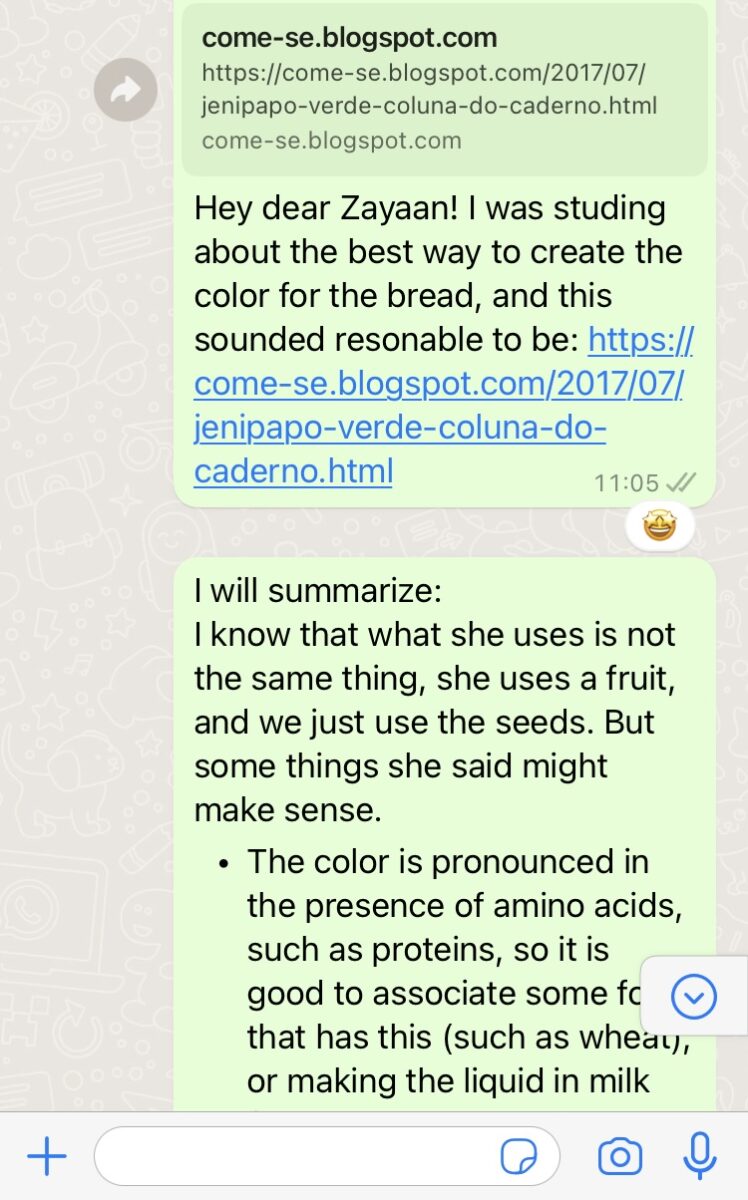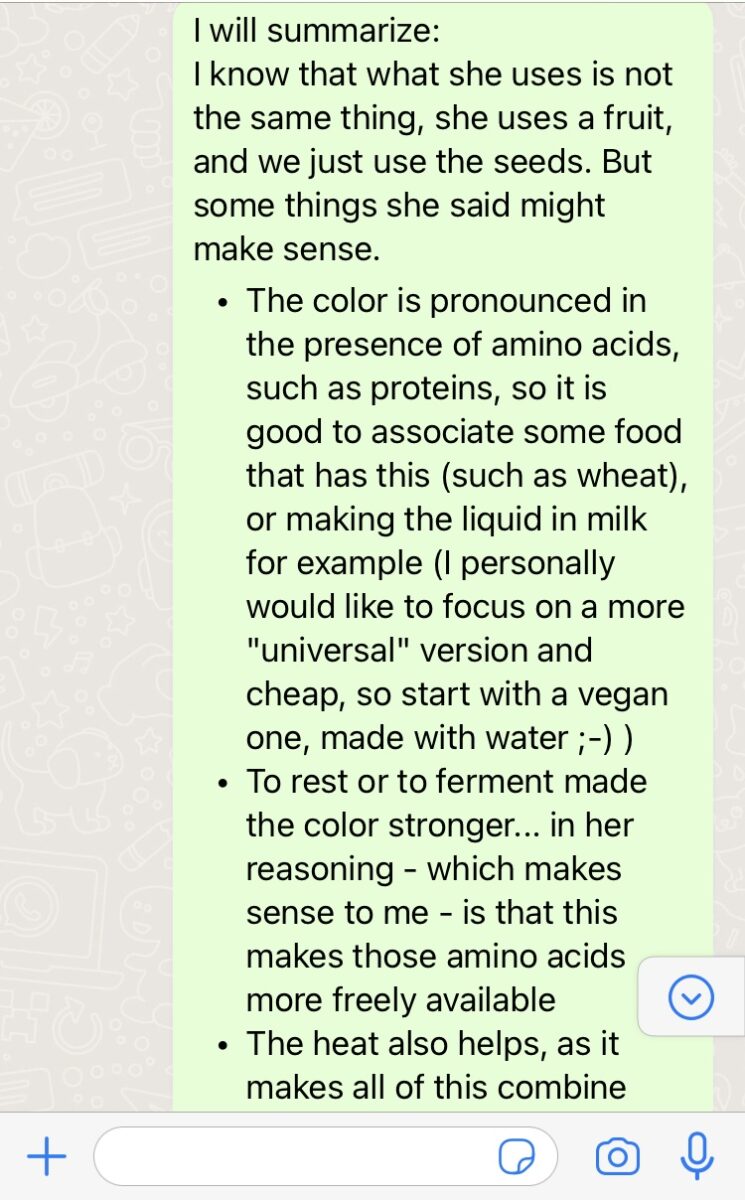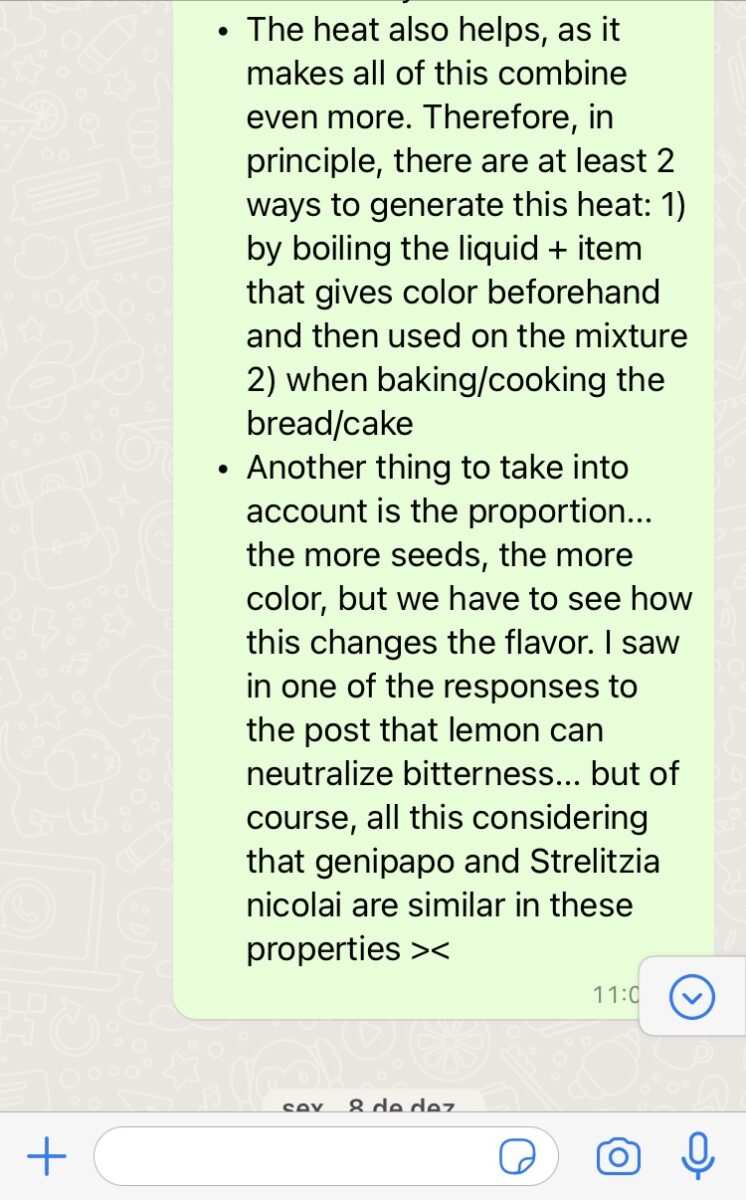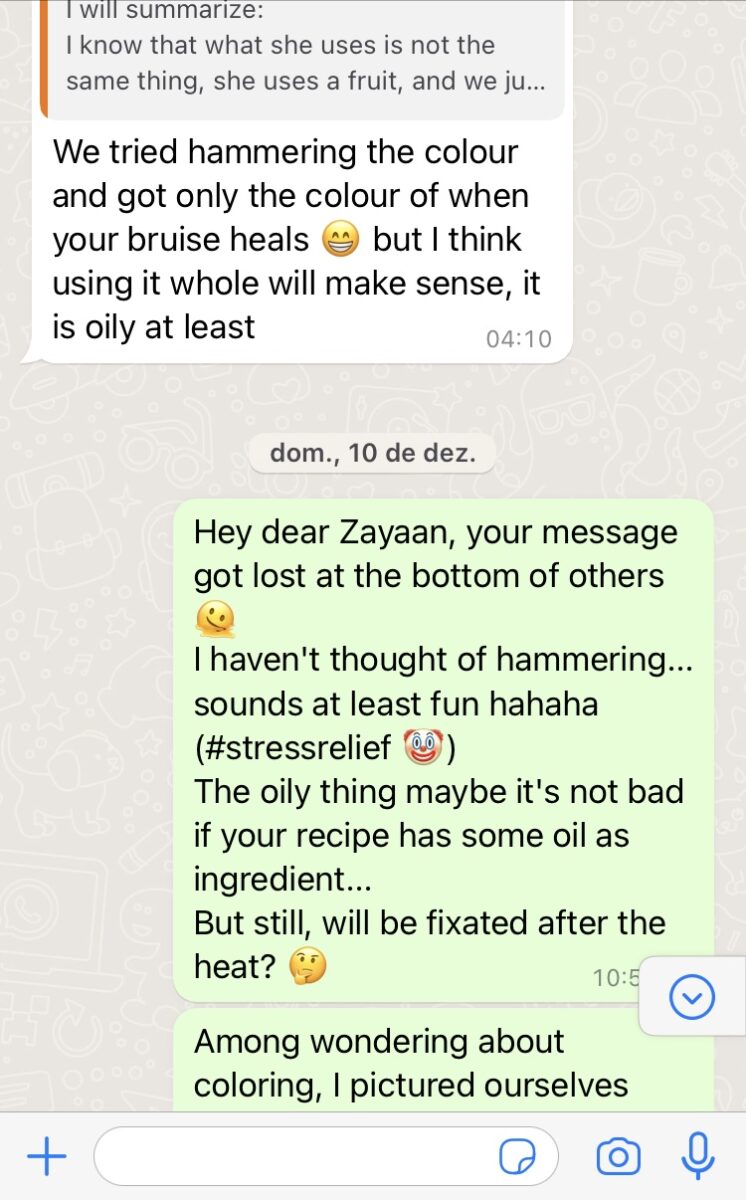Strelitzia & Wheat
Zayaan Khan and Joana Quiroga’s exchange between plants connect to places they have lived their whole lives and explore different technologies related to bread. From an ancient practice of making bread with the seeds of Strelitzia nicolai to the highly technical expropriation of the Wheat plant for bread in Brazil.
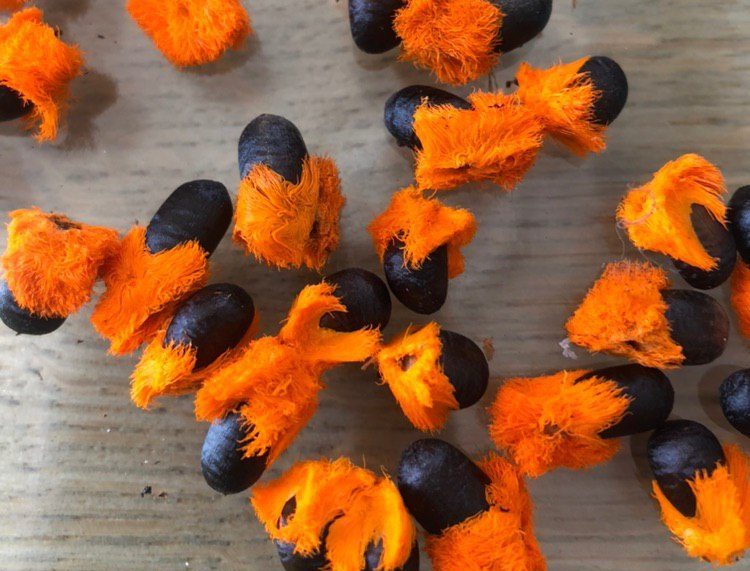
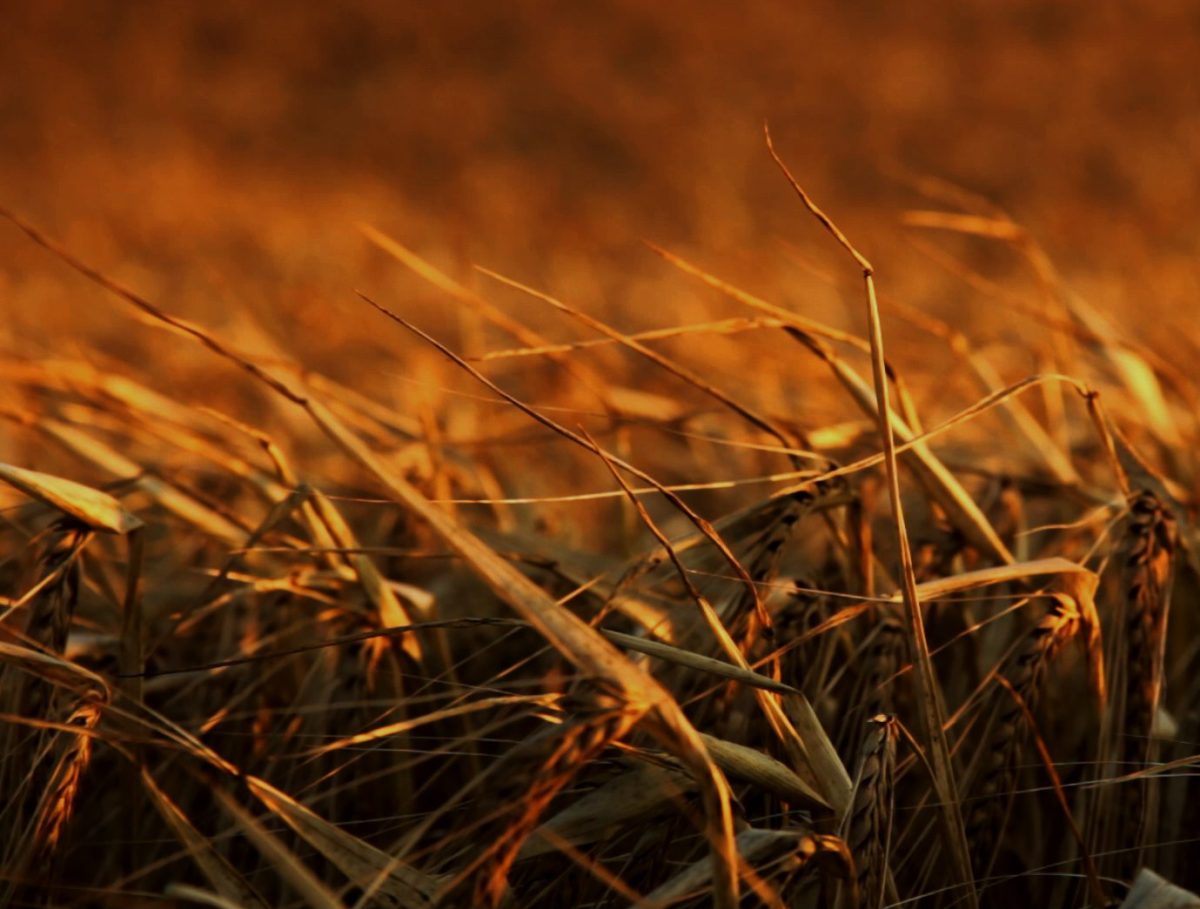
Joana Quiroga, Wheat
For sure everyone knows it well, be it in its different tastes and shapes. But among the banality of warm buns and fluffy cakes, sneaky, and even perverse paths hide… and that’s what I tried to follow, asking how it got here: wheat, in Brazil… how?
Intruder.
During these months, I followed it through technical agricultural books (which describe how wheat is forced to grow here) until its arrival like a Scythe, shortly after the metal one, mowing the nurturing fields of another plant, cassava.
As a way to unravel this story, I offer my own: what can I, as an artist who is also white and middle class (and whose life is not as affected by the violent transformation of the lands as many others) say about wheat in Brazil? Here with Follow the plants I share a mental map of what I hope will become a future film project: inspired by my essay ‘Between Avarice and Sharing’, in which I discuss bread by unfolding who I am and my problematic position of approaching bread as an philosophical and artistic object. The short film “Intruder” [tentative title] will discuss the myriad of practical and symbolic issues involving wheat in Brazil, from the past until now.
Zayaan Khan, Strelitzia nicolai
There is something peculiar about this plant, it has a key to a kind of knowledge that only evolution can hold that somehow leaks into what we consider to be taxonomical hierarchies. The brightly coloured orange arils contain bilirubin, a pigment compound that is mistakenly considered to be a strictly animal chemical associated with the breaking down of heme, the pigment that changes our bruises from a red colour through the spectrum of purples and browns and eventually fading to be orange and yellow.
This yellow is also reminiscent of the jaundice colouration of newborns whose skin and eyes have bilirubin in excess. The so-called scientific “discovery” of bilirubin in S. nicolai has influenced scientists to perhaps think about this potentially toxic compound as a healing one instead. Again, a soft secret the plant may hold in influencing schools of thought, perhaps reminding us that certain elements we live with are older than we can even imagine, older than us, older than plants.
-
Correspondence
